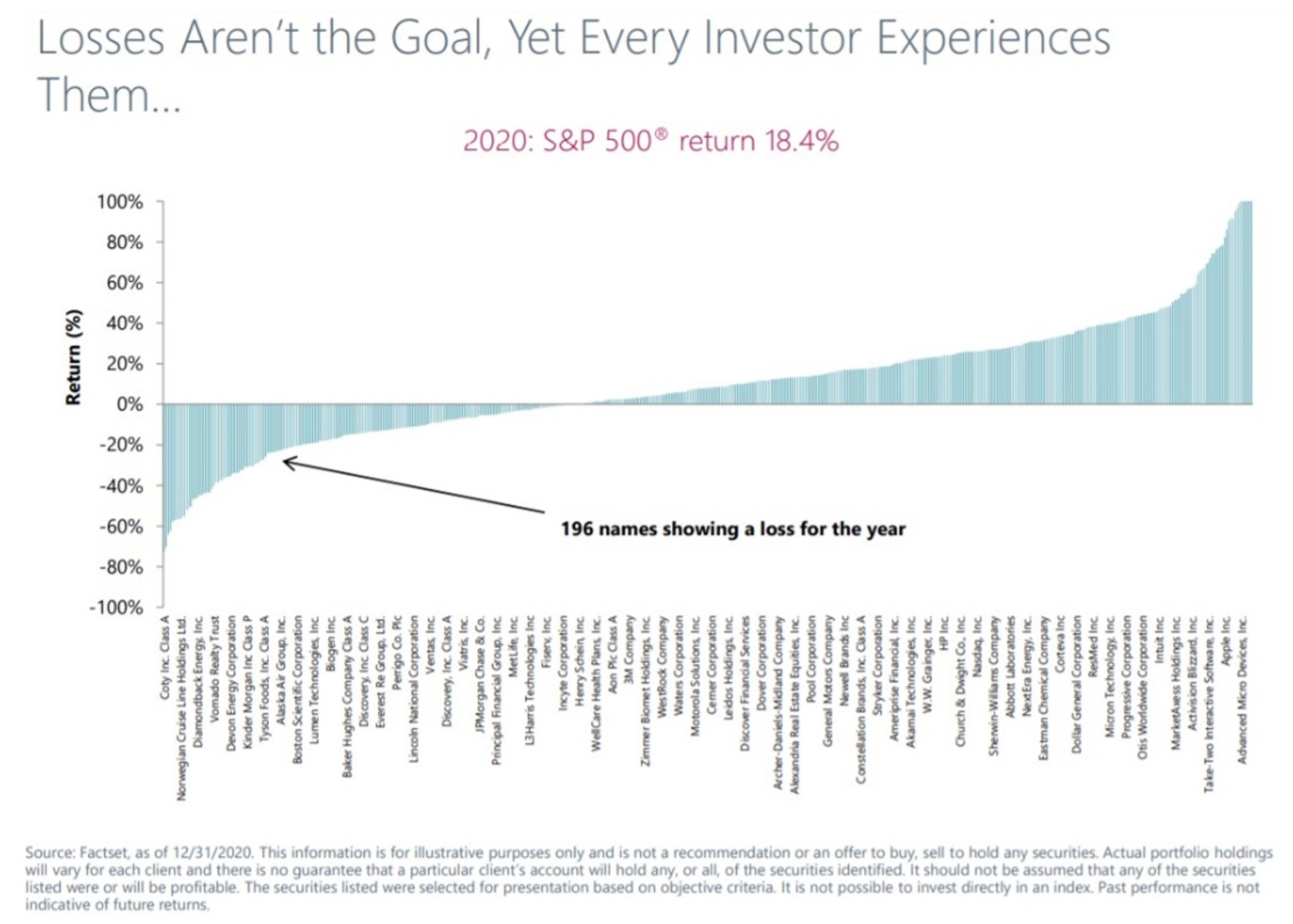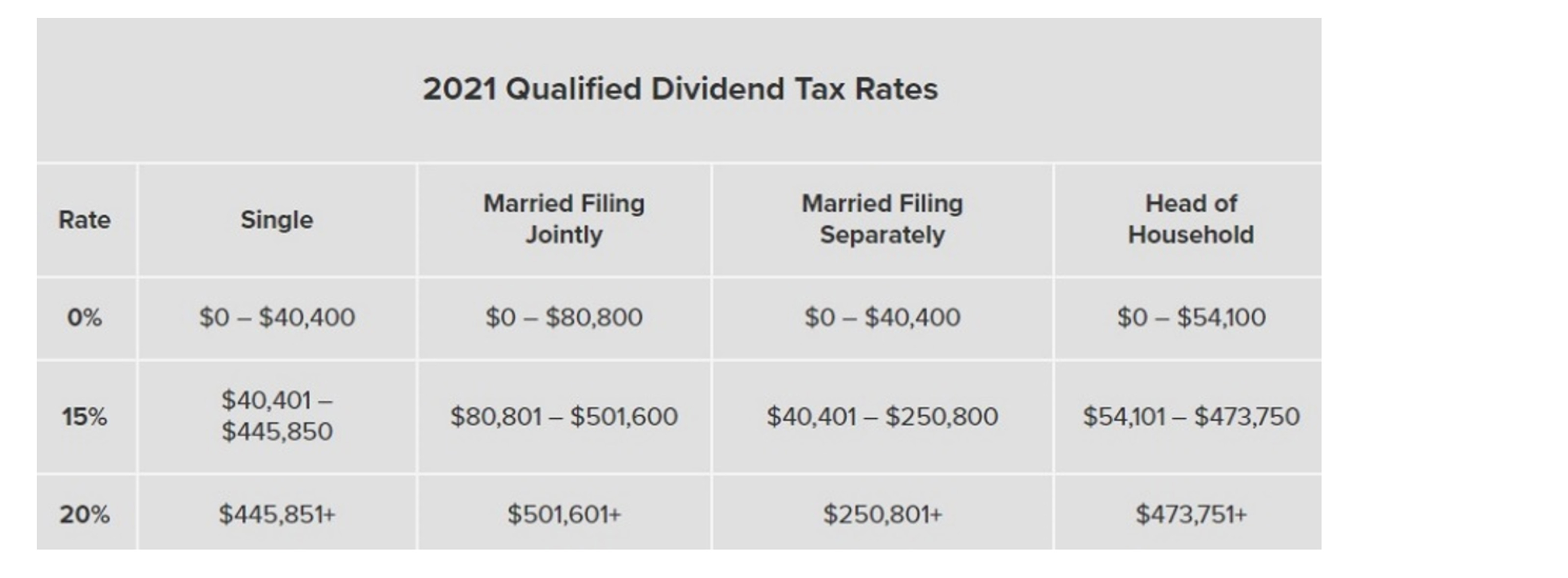10 Ways to Increase Your After-Tax Investment Returns
Your investments could be doing great, but if you’re not minimizing your taxes on them, you’re throwing money out the window. Here are 10 tax-smart ways to optimize your investments.


Taxes are a drag. A drag on your investment return, that is. Dividends are taxable, interest income is taxable and capital gains are taxable. Your after-tax investment return – what you keep, not make, on your investment portfolio – could be lower than you think. And with tax rates probably trending higher, now is the time to get planning. After all, portfolio income when added to your other income can push you into a higher tax bracket, trigger an additional investment income tax, or cause Social Security benefits to be taxed.
Here to help are 10 fixes to help increase your after-tax investment return:
1. Use low-turnover mutual funds
Mutual funds report a “turnover ratio.” This is the rate at which a fund manager buys and sells stocks or turnovers a portfolio. The higher the turnover, the greater the likelihood for taxable capital gains distributions at the end of the calendar year.
From just $107.88 $24.99 for Kiplinger Personal Finance
Become a smarter, better informed investor. Subscribe from just $107.88 $24.99, plus get up to 4 Special Issues

Sign up for Kiplinger’s Free Newsletters
Profit and prosper with the best of expert advice on investing, taxes, retirement, personal finance and more - straight to your e-mail.
Profit and prosper with the best of expert advice - straight to your e-mail.
Consider using low turnover funds – lower than 30% – in taxable accounts. High-turnover funds belong in IRAs and 401(k)s where there are no taxes on capital gains.
2. Use index funds in taxable accounts
Index funds, such as the Vanguard Index Funds, have low turnover. There is very little buying and selling, and typically lower capital gains distributions in index funds than active funds. For that reason, index funds are good investments for taxable accounts like a brokerage account.
3. Active indexing helps even more
Active indexing is owning each individual stock in a stock index instead of buying the index mutual fund. It’s like buying all the stocks in the S&P 500 index. You do this to increase the opportunity to harvest losses in the portfolio.
In 2020 the S&P 500 Index finished positive for the year, yet there were 196 stocks in the index that had a loss (See Figure 1). In that year, any one of the 196 stocks could have been sold at a loss to offset a gain elsewhere in the portfolio. You can’t do that if you own an index mutual fund, such as the Vanguard S&P 500 Index.
When you invest in an index mutual fund, you lose the opportunity to harvest losses from the underlying stocks. In that strategy, losses are used to reduce your gains. The less you pay in taxable gains the more money you keep invested. Excess losses are carried forward indefinitely on your federal tax return. This is extremely important for those who may have to sell an asset in the future to provide income. Your future self will thank you for banking those losses.
Managing 500 stocks is a lot for an individual investor. I use two or three institutional money managers for my clients, or you can consider building your own index fund.
Figure 1: Owning individual issues of stock create more opportunities for tax-loss harvesting than owning a single index mutual fund.

4. Look to tax-managed mutual funds for help
Tax-managed mutual funds are mutual funds available to retail investors. The difference between a tax-managed and regular mutual fund is a tax-managed fund actively employs various tax saving strategies. The manager may have a low-turnover strategy to reduce capital gains. He or she may also use tax-loss harvesting – offsetting gains with losses. Tax-managed funds are best held in taxable accounts and can help lower the taxes on your portfolio income.
5. Max out tax-friendly accounts
If you have a high-deductible plan through work, a health-savings account (HSA) is a tax-friendly place to save. The same for cash value life insurance. If you can contribute the max to your 401(k) or IRA, but still are looking for additional tax-deferral, consider making after-tax contributions if your plan allows. Some 401(k)s can take additional after-tax 401(k) contributions – beyond the regular and Roth. There is no deduction upfront, but the earnings are not taxed.
The nice thing too is you may be able to convert your after-tax contributions to a Roth 401(k). You will have to check with your 401(k) administrator. Qualified distributions from a Roth 401(k) are tax-free. The earnings are taxable upon conversion. My recent blog post explains this strategy in greater detail: The “Mega-backdoor Roth.”
6. Consider a no-load variable annuity as an option
All variable annuities allow for tax deferral. The capital gains and interest income are reinvested in the annuity. I prefer a no-load variable annuity, which can have lower costs than a traditional variable annuity. Be aware, upon withdrawal from any annuity, the gains are taxed as ordinary income. That is a trade-off you’ll have to balance – swapping capital gains today if you invested in a brokerage account vs. tax-deferral and ordinary income tax in the future.
You will have to defer long enough with a no-load annuity to make the compounding work you. For my clients, I routinely shop around for a no-load variable annuity that offers the best mix of mutual funds and lowest fees.
7. Be smart about where you hold high-yield bonds
The next three tips involve “asset-location” or holding the right investment in the right account. Kiplinger’s Nellie Huang had a good article about this in June, citing “not all bonds should be held in taxable accounts.” I cringe when I see an investor own a high-yield savings bond in a taxable account. All that high yield is eaten up by ordinary income tax rates. High-yield fixed income belongs in an IRA, 401(k) or no-load variable annuity.
8. Take a look at REITs
REITs (real estate investment trusts) are great for income, some paying a 4%-6% yield. That yield may or may not be taxable. Some private REITs pay back their yield as a return of capital and have other expenses, such as depreciation, which they pass onto investors, reducing the tax liability. Whereas with publicly traded REITs, like the Vanguard Real Estate Index Fund, the yield is ordinary income.
If the REIT you own pays all ordinary income, it is best to own it in a retirement account to avoid the ordinary income tax.
9. Find the best spot for your dividend-paying investments
When it comes to stocks, bonds and mutual funds, the qualified dividends they generate are taxable, but at preferential rates. (See Figure 2.) Ideally, you want to own dividend-paying stocks in retirement accounts or in a no-load variable annuity to avoid the tax.

Figure 2: Tax rates on Qualified Dividends are different than ordinary income tax rates
Sometimes it comes down to asset location. If a client has stocks and bonds, I may recommend owning all the dividend-paying stocks in a taxable brokerage account, given the preferential tax treatment. We could then allocate all our fixed income to retirement accounts, so the yield is not taxed.
10. Consider owning ETFs instead of mutual funds
ETFs (exchange-traded mutual funds) have the upper hand versus traditional mutual funds when it comes to taxes. It has to do with the way ETFs redeem, or sell, their shares. If you own an ETF and go to sell, another individual investor buys your shares. If you sell a mutual fund, the manager redeems stock to pay you for your shares. This can cause a capital gain distribution, which is taxable.
Granted, this is less the case with an index mutual fund, but from a tax perspective, ETFs generally are more tax efficient. There is much more to know about ETFs, please consult a qualified professional or use the Kiplinger ETF tool, The Kiplinger ETF 20.
As with many things in life, you can only control what you can control. You can’t control whether tax rates rise, but you can control how and where you own certain investments. Remember:
- High-yield, high-income, high-turnover mutual funds are better off in non-taxable accounts, such as IRAs, 401(k)s, and no-load variable annuities.
- Try to max out your 401(k) or IRA contributions.
- Consider making after-tax contributions to your 401(k) if the plan allows.
- Have an active tax-loss harvesting strategy, like using an active index to build up losses to offset against future gains.
- Use ETFs in taxable accounts to cut down on capital gains distributions.
- Review your asset allocation, and consider owning all your dividend-paying stocks in taxable accounts and fixed income in retirement accounts.
But before you make any wholesale changes to your investment approach, you should consult with a qualified professional, or email me to discuss your options. You may be able to control a lot more than you think!
Investment advisory and financial planning services are offered through Summit Financial LLC, an SEC Registered Investment Adviser, 4 Campus Drive, Parsippany, NJ 07054. Tel. 973-285-3600 Fax. 973-285-3666. This material is for your information and guidance and is not intended as legal or tax advice. Clients should make all decisions regarding the tax and legal implications of their investments and plans after consulting with their independent tax or legal advisers. Individual investor portfolios must be constructed based on the individual’s financial resources, investment goals, risk tolerance, investment time horizon, tax situation and other relevant factors. Past performance is not a guarantee of future results. The views and opinions expressed in this article are solely those of the author and should not be attributed to Summit Financial LLC. Links to third-party websites are provided for your convenience and informational purposes only. Summit is not responsible for the information contained on third-party websites. The Summit financial planning design team admitted attorneys and/or CPAs, who act exclusively in a non-representative capacity with respect to Summit’s clients. Neither they nor Summit provide tax or legal advice to clients. Any tax statements contained herein were not intended or written to be used, and cannot be used, for the purpose of avoiding U.S. federal, state or local taxes.
Profit and prosper with the best of Kiplinger's advice on investing, taxes, retirement, personal finance and much more. Delivered daily. Enter your email in the box and click Sign Me Up.

Michael Aloi is a CERTIFIED FINANCIAL PLANNER™ Practitioner and Accredited Wealth Management Advisor℠ with Summit Financial, LLC. With 21 years of experience, Michael specializes in working with executives, professionals and retirees. Since he joined Summit Financial, LLC, Michael has built a process that emphasizes the integration of various facets of financial planning. Supported by a team of in-house estate and income tax specialists, Michael offers his clients coordinated solutions to scattered problems.
-
 Nasdaq Sinks 418 Points as Tech Chills: Stock Market Today
Nasdaq Sinks 418 Points as Tech Chills: Stock Market TodayInvestors, traders and speculators are growing cooler to the AI revolution as winter approaches.
-
 23 Last-Minute Gifts That Still Arrive Before Christmas
23 Last-Minute Gifts That Still Arrive Before ChristmasScrambling to cross those last few names off your list? Here are 23 last-minute gifts that you can still get in time for Christmas.
-
 The Rule of Compounding: Why Time Is an Investor's Best Friend
The Rule of Compounding: Why Time Is an Investor's Best FriendDescribed as both a "miracle" and a "wonder," compound interest is simply a function of time.
-
 Nasdaq Sinks 418 Points as Tech Chills: Stock Market Today
Nasdaq Sinks 418 Points as Tech Chills: Stock Market TodayInvestors, traders and speculators are growing cooler to the AI revolution as winter approaches.
-
 If You're a U.S. Retiree Living in Portugal, Your Tax Plan Needs a Post-NHR Strategy ASAP
If You're a U.S. Retiree Living in Portugal, Your Tax Plan Needs a Post-NHR Strategy ASAPWhen your 10-year Non-Habitual Resident tax break ends, you could see your tax rate soar. Take steps to plan for this change well before the NHR window closes.
-
 Stocks Chop as the Unemployment Rate Jumps: Stock Market Today
Stocks Chop as the Unemployment Rate Jumps: Stock Market TodayNovember job growth was stronger than expected, but sharp losses in October and a rising unemployment rate are worrying market participants.
-
 Your Year-End Tax and Estate Planning Review Just Got Urgent
Your Year-End Tax and Estate Planning Review Just Got UrgentChanging tax rules and falling interest rates mean financial planning is more important than ever as 2025 ends. There's still time to make these five key moves.
-
 What Makes This Business So Successful? We Find Out From the Founder's Kids
What Makes This Business So Successful? We Find Out From the Founder's KidsThe children of Morgan Clayton share how their father's wisdom, life experience and caring nature have turned their family business into a respected powerhouse.
-
 Stocks Struggle Ahead of November Jobs Report: Stock Market Today
Stocks Struggle Ahead of November Jobs Report: Stock Market TodayOracle and Broadcom continued to fall, while market participants looked ahead to Tuesday's jobs report.
-
 Past Performance Is Not Indicative of Your Financial Adviser's Expertise
Past Performance Is Not Indicative of Your Financial Adviser's ExpertiseMany people find a financial adviser by searching online or asking for referrals from friends or family. This can actually end up costing you big-time.
-
 I'm a Financial Planner: If You're Not Doing Roth Conversions, You Need to Read This
I'm a Financial Planner: If You're Not Doing Roth Conversions, You Need to Read ThisRoth conversions and other Roth strategies can be complex, but don't dismiss these tax planning tools outright. They could really work for you and your heirs.